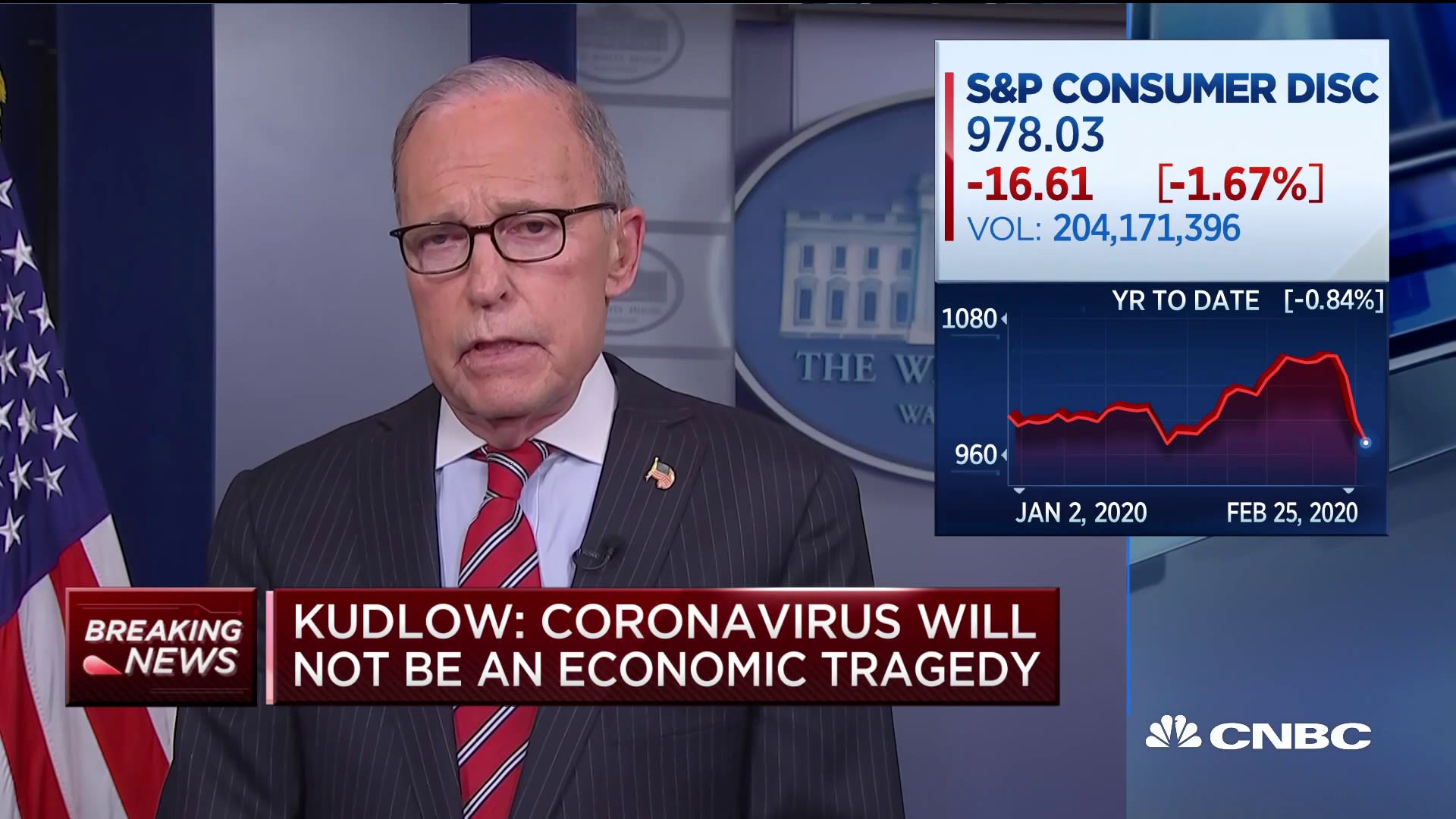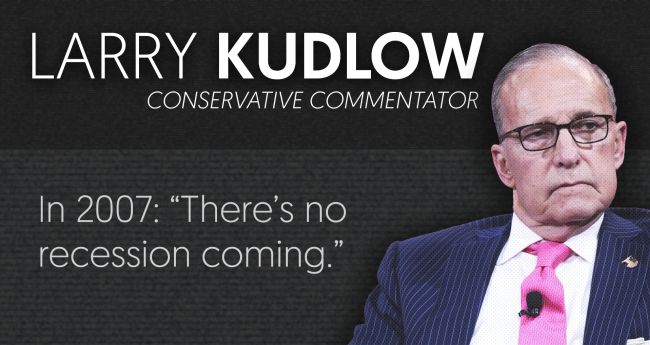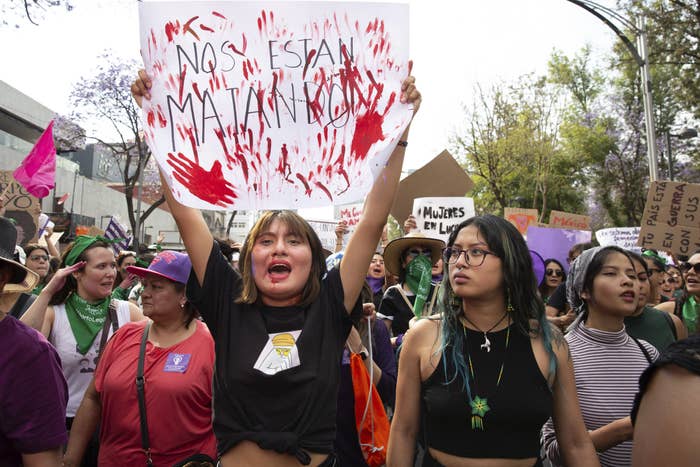Pandemic leads to a bicycle boom, and shortage, around world
By DAVID SHARP and KELVIN CHAN

1 of 5
In this Tuesday, June 9, 2020 photo, Harvey Curtis, left, discusses repair plans with customer Jack Matheson outside Sidecountry Sports, a bike shop in Rockland, Maine. Matheson is looking forward to getting his 40-year-old Raleigh back on the road. (AP Photo/Robert F. Bukaty)
PORTLAND, Maine (AP) — Fitness junkies locked out of gyms, commuters fearful of public transit, and families going stir crazy inside their homes during the coronavirus pandemic have created a boom in bicycle sales unseen in decades.
In the United States, bicycle aisles at mass merchandisers like Walmart and Target have been swept clean, and independent shops are doing a brisk business and are selling out of affordable “family” bikes.
Bicycle sales over the past two months saw their biggest spike in the U.S. since the oil crisis of the 1970s, said Jay Townley, who analyzes cycling industry trends at Human Powered Solutions.
“People quite frankly have panicked, and they’re buying bikes like toilet paper,” Townley said, referring to the rush to buy essentials like toilet paper and hand sanitizer that stores saw at the beginning of the pandemic.
The trend is mirrored around the globe, as cities better known for car-clogged streets, like Manila and Rome, install bike lanes to accommodate surging interest in cycling while public transport remains curtailed. In London, municipal authorities plan to go further by banning cars from some central thoroughfares.
 FILE-In this May 20, 2020 photo, a bicyclist wears a pandemic mask while riding in Portland, Maine. A bicycle rush kicked off mid-March around the time countries were shutting their borders, businesses were closing and stay-at-home orders were being imposed because of the coronavirus pandemic in which millions have been infected and nearly 400,000 have died. (AP Photo/Robert F. Bukaty)
FILE-In this May 20, 2020 photo, a bicyclist wears a pandemic mask while riding in Portland, Maine. A bicycle rush kicked off mid-March around the time countries were shutting their borders, businesses were closing and stay-at-home orders were being imposed because of the coronavirus pandemic in which millions have been infected and nearly 400,000 have died. (AP Photo/Robert F. Bukaty)
Bike shop owners in the Philippine capital say demand is stronger than at Christmas. Financial incentives are boosting sales in Italy, where the government’s post-lockdown stimulus last month included a 500-euro ($575) “bici bonus” rebate for up to 60% of the cost of a bike.
But that’s if you can get your hands on one. The craze has led to shortages that will take some weeks, maybe months, to resolve, particularly in the U.S., which relies on China for about 90% of its bicycles, Townley said. Production there was largely shut down due to the coronavirus and is just resuming.
The bicycle rush kicked off in mid-March around the time countries were shutting their borders, businesses were closing, and stay-at-home orders were being imposed to slow the spread of the coronavirus that has infected millions of people and killed more than 450,000.
Sales of adult leisure bikes tripled in April while overall U.S. bike sales, including kids’ and electric-assist bicycles, doubled from the year before, according to market research firm NPD Group, which tracks retail bike sales.
It’s a far cry from what was anticipated in the U.S. The $6 billion industry had projected lower sales based on lower volume in 2019 in which punitive tariffs on bicycles produced in China reached 25%.
 FILE-In this Thursday, June 11, 2020, photo, bicycle display racks are empty at a Target in Milford, Mass. A bicycle rush has been brought on by the coronavirus pandemic. In the U.S., bicycle aisles at mass merchandisers like Walmart and Target have been swept clean, officials say, and independent shops are doing a brisk business and are selling out of low- to mid-range "family" bikes. (AP Photo/Robert F. Bukaty)
FILE-In this Thursday, June 11, 2020, photo, bicycle display racks are empty at a Target in Milford, Mass. A bicycle rush has been brought on by the coronavirus pandemic. In the U.S., bicycle aisles at mass merchandisers like Walmart and Target have been swept clean, officials say, and independent shops are doing a brisk business and are selling out of low- to mid-range "family" bikes. (AP Photo/Robert F. Bukaty)
 FILE-In this Tuesday, June 9, 2020 photo, bike display racks are empty at a Walmart in Falmouth, Maine. A bicycle rush has been brought on by the coronavirus pandemic. In the U.S., bicycle aisles at mass merchandisers like Walmart and Target have been swept clean, officials say, and independent shops are doing a brisk business and are selling out of low- to mid-range "family" bikes. (AP Photo/David Sharp)
FILE-In this Tuesday, June 9, 2020 photo, bike display racks are empty at a Walmart in Falmouth, Maine. A bicycle rush has been brought on by the coronavirus pandemic. In the U.S., bicycle aisles at mass merchandisers like Walmart and Target have been swept clean, officials say, and independent shops are doing a brisk business and are selling out of low- to mid-range "family" bikes. (AP Photo/David Sharp)
There are multiple reasons for the pandemic bicycle boom.
Around the world, many workers were looking for an alternative to buses and subways. People unable to go to their gyms looked for another way to exercise. And shut-in families scrambled to find a way to keep kids active during stay-at-home orders.
“Kids are looking for something to do. They’ve probably reached the end of the internet by now, so you’ve got to get out and do something,” said Dave Palese at Gorham Bike and Ski, a Maine shop where there are slim pickings for family-oriented, leisure bikes.
Bar Harbor restaurateur Brian Smith bought a new bike for one of his daughters, a competitive swimmer, who was unable to get into the pool. On a recent day, he was heading back to his local bike shop to outfit his youngest daughter, who’d just learned how to ride.
His three daughters use their bikes every day, and the entire family goes for rides a couple of times a week. The fact that they’re getting exercise and enjoying fresh air is a bonus.
“It’s fun. Maybe that’s the bottom line. It’s really fun to ride bikes,” Smith said as he and his 7-year-old daughter, Ellery, pedaled to the bicycle shop.
The pandemic is also driving a boom in electric-assist bikes, called e-bikes, which were a niche part of the overall market until now. Most e-bikes require a cyclist to pedal, but electric motors provide extra oomph.
VanMoof, a Dutch e-bike maker, is seeing “unlimited demand” since the pandemic began, resulting in a 10-week order backlog for its commuter electric bikes, compared with typical one-day delivery time, said co-founder Taco Carlier.
The company’s sales surged 138% in the U.S. and rocketed 184% in Britain in the February-April period over last year, with big gains in other European countries. The company is scrambling to ramp up production as fast as it can, but it will take two to three months to meet the demand, Carlier said.
“We did have some issues with our supply chain back in January, February when the crisis hit first in Asia,” said Carlier. But “the issue is now with demand, not supply.”
Sales at Cowboy, a Belgian e-bike maker, tripled in the January-April period from last year. Notably, they spiked in Britain and France at around the same time in May that those countries started easing lockdown restrictions, said Chief Marketing Officer Benoit Simeray.
“It’s now becoming very obvious for most of us living in and around cities that we don’t want to go back into public transportation,” said Simeray. But people may still need to buy groceries or commute to the office one or two days a week, so “then they’re starting to really, really think about electric bikes as the only solution they’ve got.”
In Maine, Kate Worcester, a physician’s assistant, bought e-bikes for herself and her 12-year-old son so they could have fun at a time when she couldn’t travel far from the hospital where she worked.
Every night, she and her son ride 20 miles or 30 miles (30 or 50 kilometers) around Acadia National Park.
“It’s by far the best fun I’ve had with him,” she said. “That’s been the biggest silver lining in this terrible pandemic — to be able to leave work and still do an activity and talk and enjoy each other.”
Joe Minutolo, co-owner of Bar Harbor Bicycle Shop, said he hopes the sales surge translates into long-term change.
“People are having a chance to rethink things,” he said. “Maybe we’ll all learn something out of this, and something really good will happen.”
___
Chan reported from London. Joeal Calupitan in Manila and Nicole Winfield in Rome contributed to this story.
Taiwan pedals faster to meet global pandemic demand for bikes
Issued on: 15/06/2020

It is boom time for Taiwan's bike manufacturer thanks to soaring demand during the coronavirus pandemic Sam YEH AFP/File
Taichung (Taiwan) (AFP)
Deserted streets, cabin fever and worries over COVID-enabling commutes in Europe and America have sent demand for bikes into high gear -- with factories in Taiwan racing to push out new units and scrambling to find parts.
The deadly virus has sparked a global recession and hammered many industries, but it is boom time in the bike world and a major bonus for Taiwan, which is a leading bicycle producer and has managed to avoid mass lockdowns by defeating the coronavirus early on.
At Giant, the world's largest bike company, it has been a dizzying few months, according to CEO Bonnie Tu.
"We saw what happened and then we reacted quickly," Tu told AFP in an interview last week at their new headquarters in the industrial city of Taichung.
"We mobilise our companies, including our factories and sales company... in order to meet the consumer demand."
The orders have kept on coming, with reports of empty bike racks at dealers and long waits for resupply across Europe and North America.
In Britain, the Association of Cycle Traders said some 20,000 bikes awaiting manufacturing and delivery had already been sold or reserved.
"We've seen a mixture of everybody to be honest," Lincoln Romain, director of Brixton Cycles, in London, told AFP last month.
"People that commute all the time, we've seen new cyclists, we've seen people that have to get in so they have bikes that have been in the shed a little while."
- Waiting for suppliers -
Across the Atlantic, demand has also rocketed.
Year-on-year sales of commuter and fitness bikes increased 66 percent in March, leisure bikes leaped 121 percent and electric bikes rose 85 percent, according to market research firm The NPD Group.
Giant's Tu said demand in both the US and Europe has centred on the more affordable "$1,000 and under" category of bikes.
While Giant's factories in Taiwan kept rolling, many of their facilities on the Chinese mainland had to temporarily shut down when the virus first spread from the central city of Wuhan.
A return to full capacity has been slowed by struggles to get parts from suppliers as they refill factory floors and restock inventories.
"We have to wait for them," Tu said. "So it is actually quite difficult, but we manage."
For Europe, Giant will soon benefit from a large factory it has built in Hungary, part of a gradual shift many Taiwanese manufacturers are making to diversify away from China and be closer to consumer markets.
Gina Chang, secretary-general of the Taiwan Bicycle Association, said manufacturers initially suffered in the first quarter from cancelled or postponed orders when the virus first spread. But since then, demand has roared back.
"We are seeing rush orders or even panic buying," she told AFP. "Taiwan's top two bike makers have orders lined up till the end of this year."
- Taiwanese renaissance -
The coronavirus boom is the latest chapter in a renaissance for Taiwan's bike industry.
The self-ruled island had for years been the world's number-one bike producer until the 1990s, when mainland China's economic reforms saw firms -- including many Taiwanese manufacturers -- take advantage of a vast, cheap labour force.
But while Chinese factories continue to play a dominant role in terms of sheer numbers, Taiwan production is bouncing back, especially when it comes to higher-quality models and in the rapidly growing electric bike market.
Last year, Taiwan exported $1.36 billion in non-electric bicycles, down from $1.5 billion the year before.
But electric bike production is soaring.
In 2019, electric bike exports totalled $863 million, up from $377 million in 2018, with most heading to Europe.
Export of electric bikes from January to April this year reached a record high of $301 million, up 23.6 percent from the same period last year.
And the bikes made in Taiwanese factories tend to be higher quality models that fetch a higher price.
Tu says she hopes the pandemic will help encourage people to adopt bikes as a form of transport long after the threat of the virus has receded, something many European governments are keen on.
"While riding bicycles, you can have fresh air... you cannot be too close otherwise you will crash," she laughed. "So it is natural social distancing."
© 2020 AFP


























